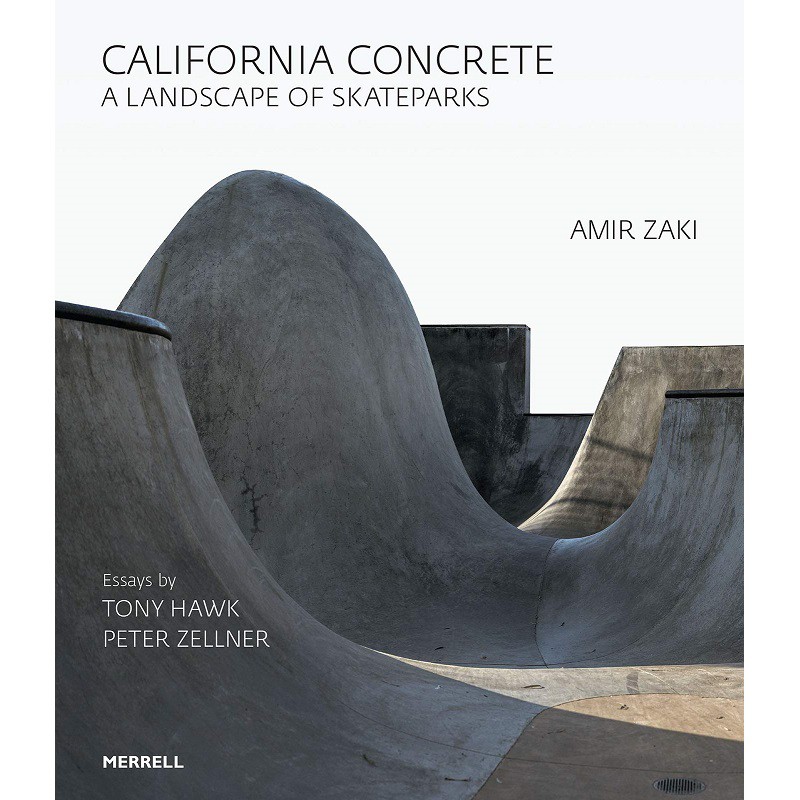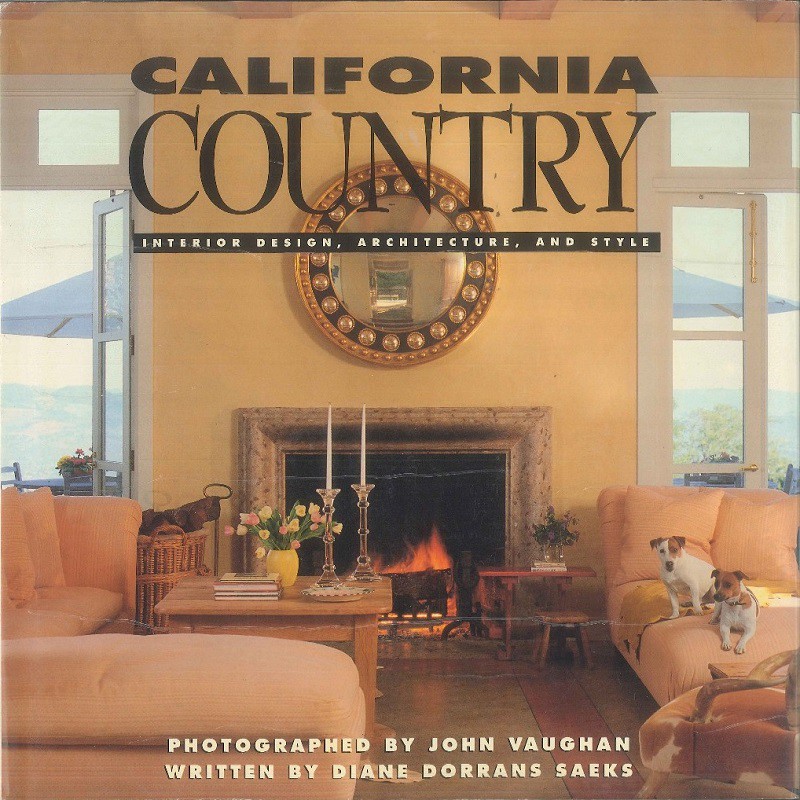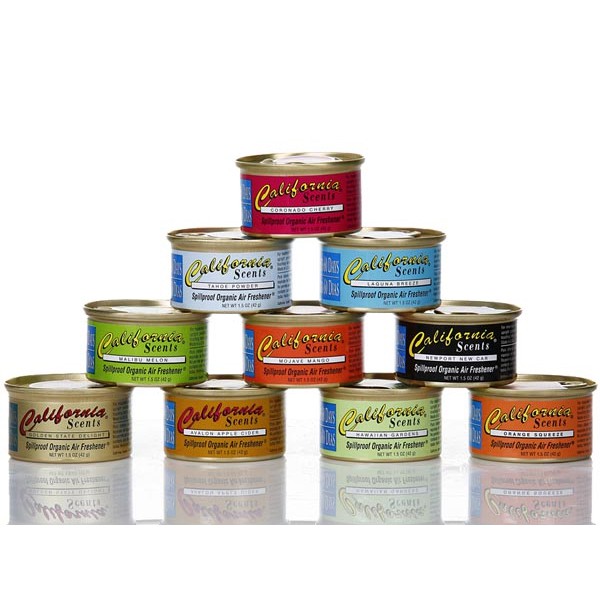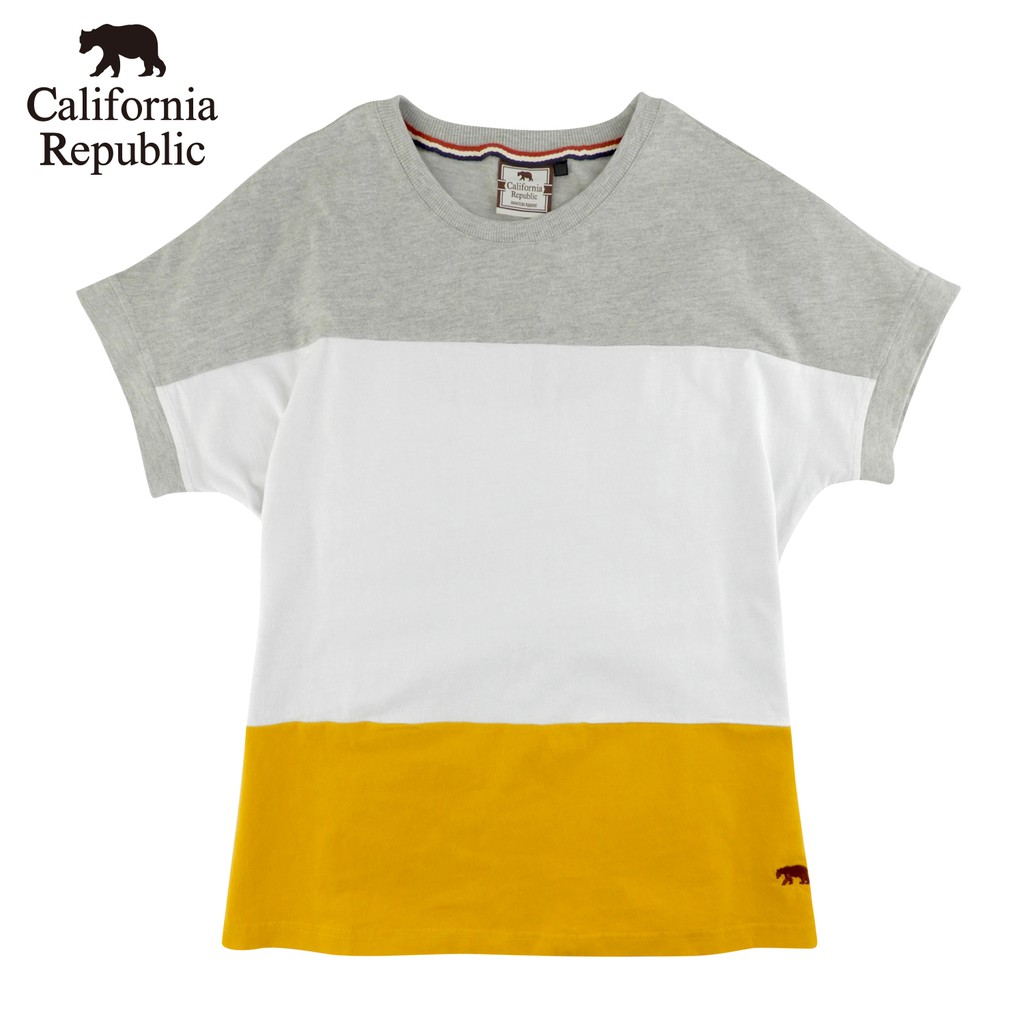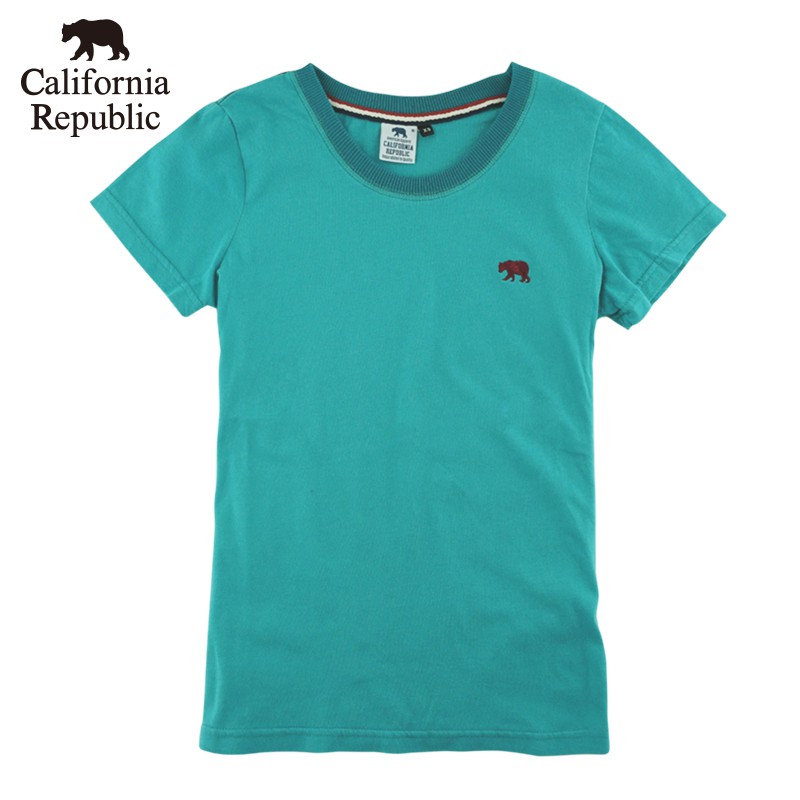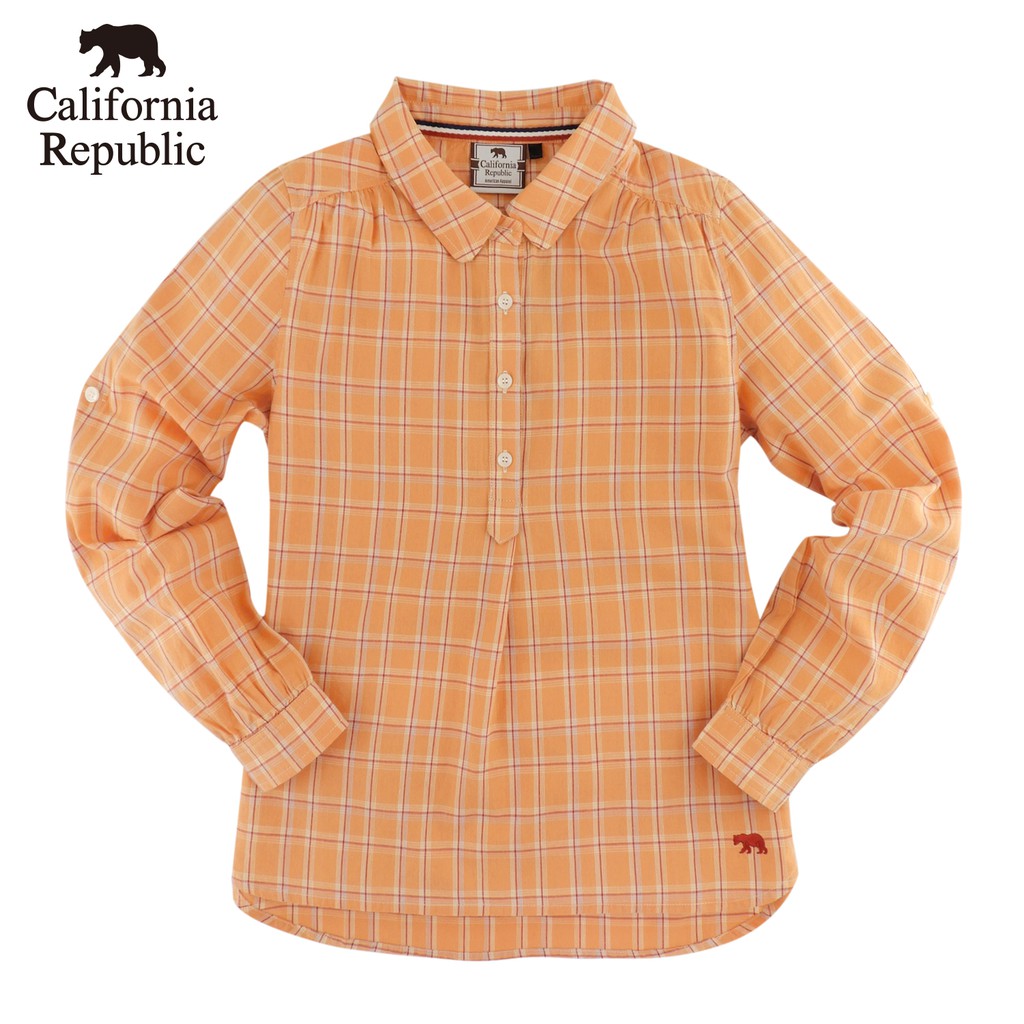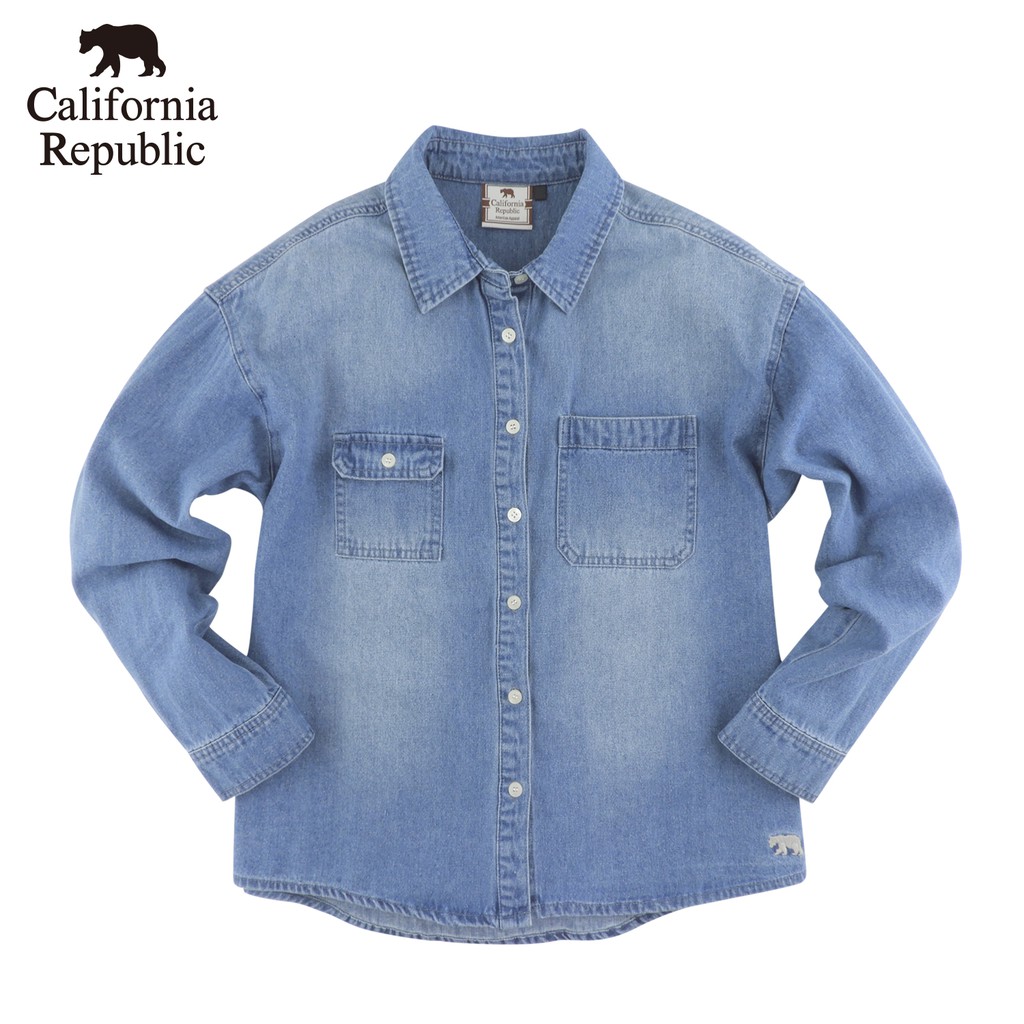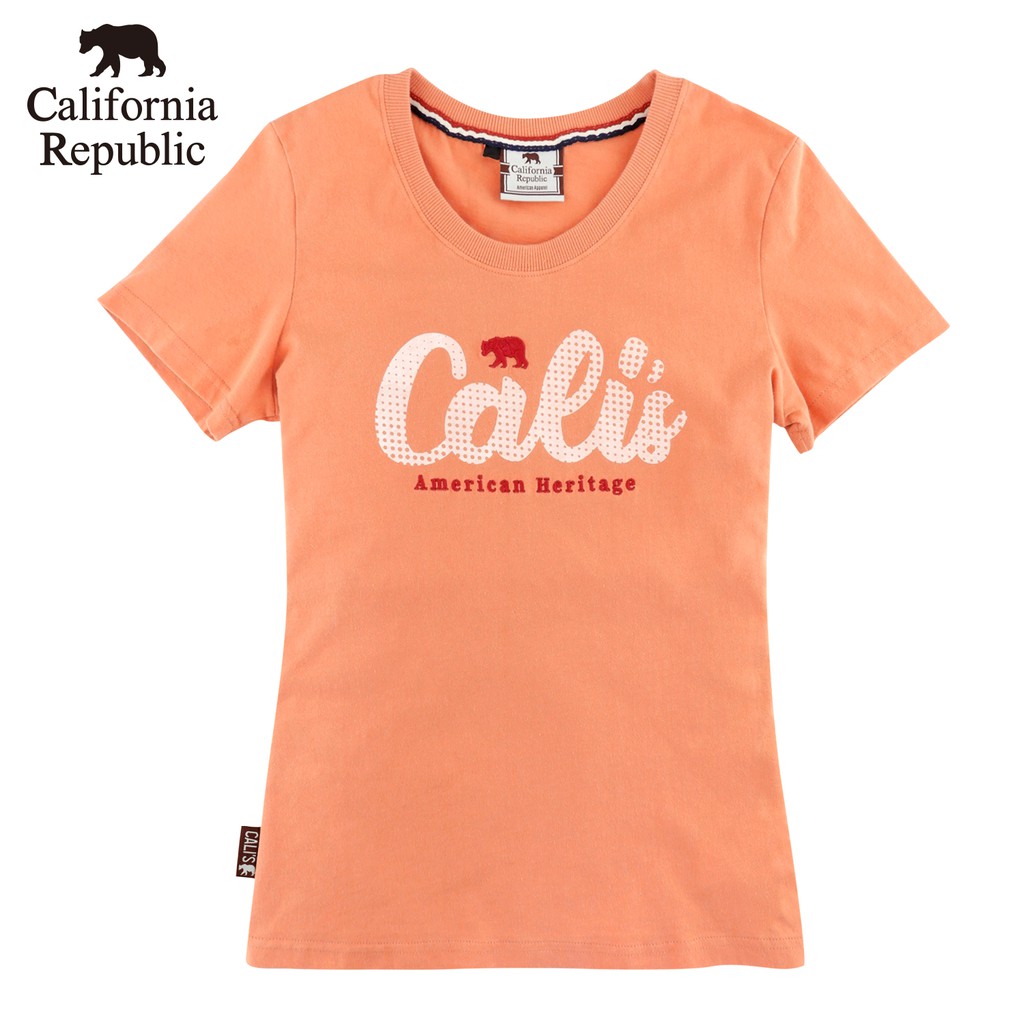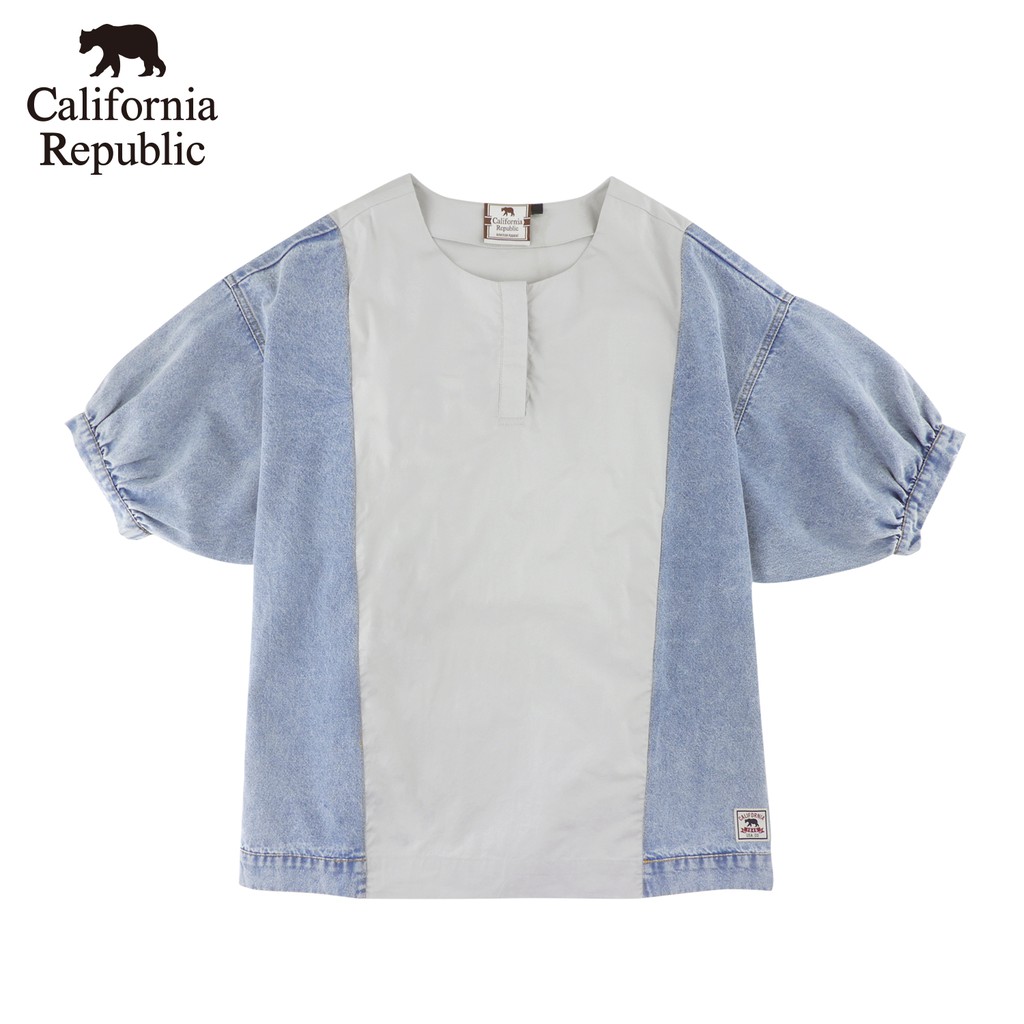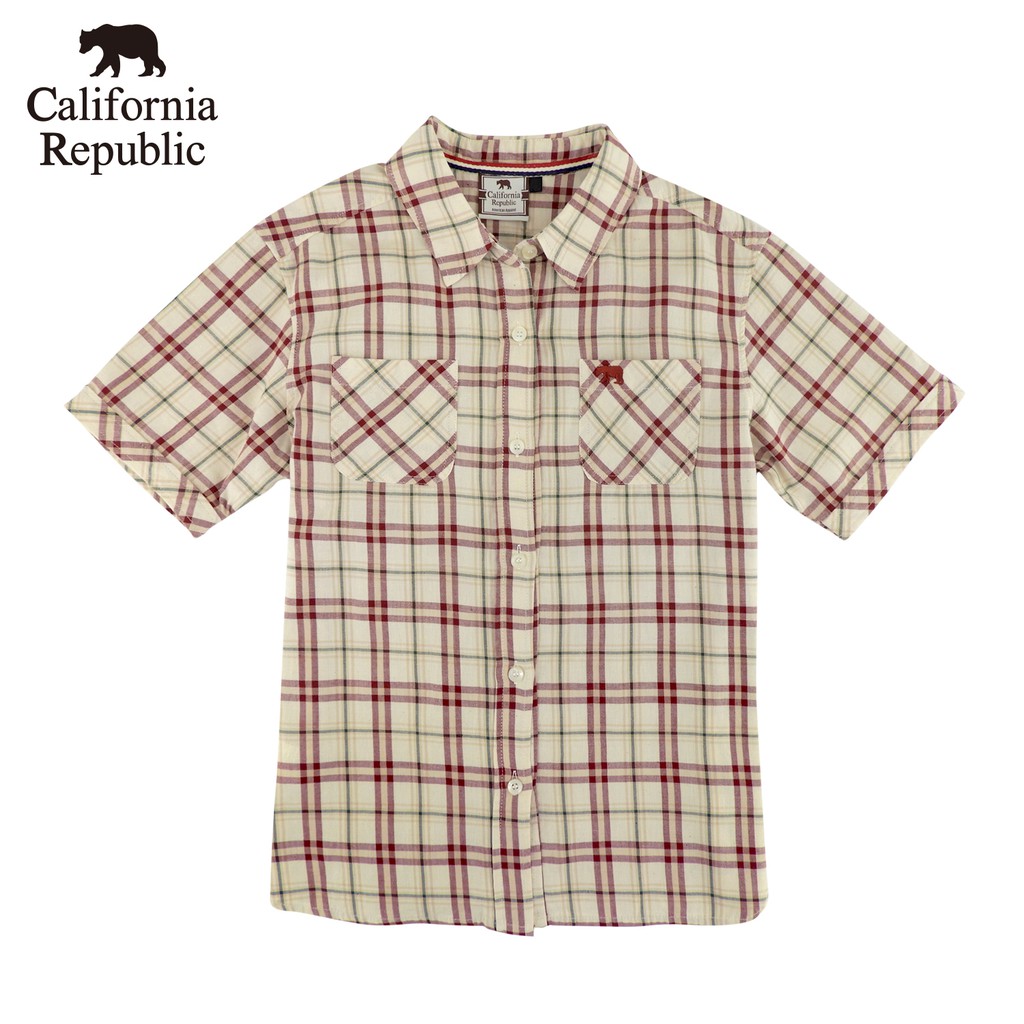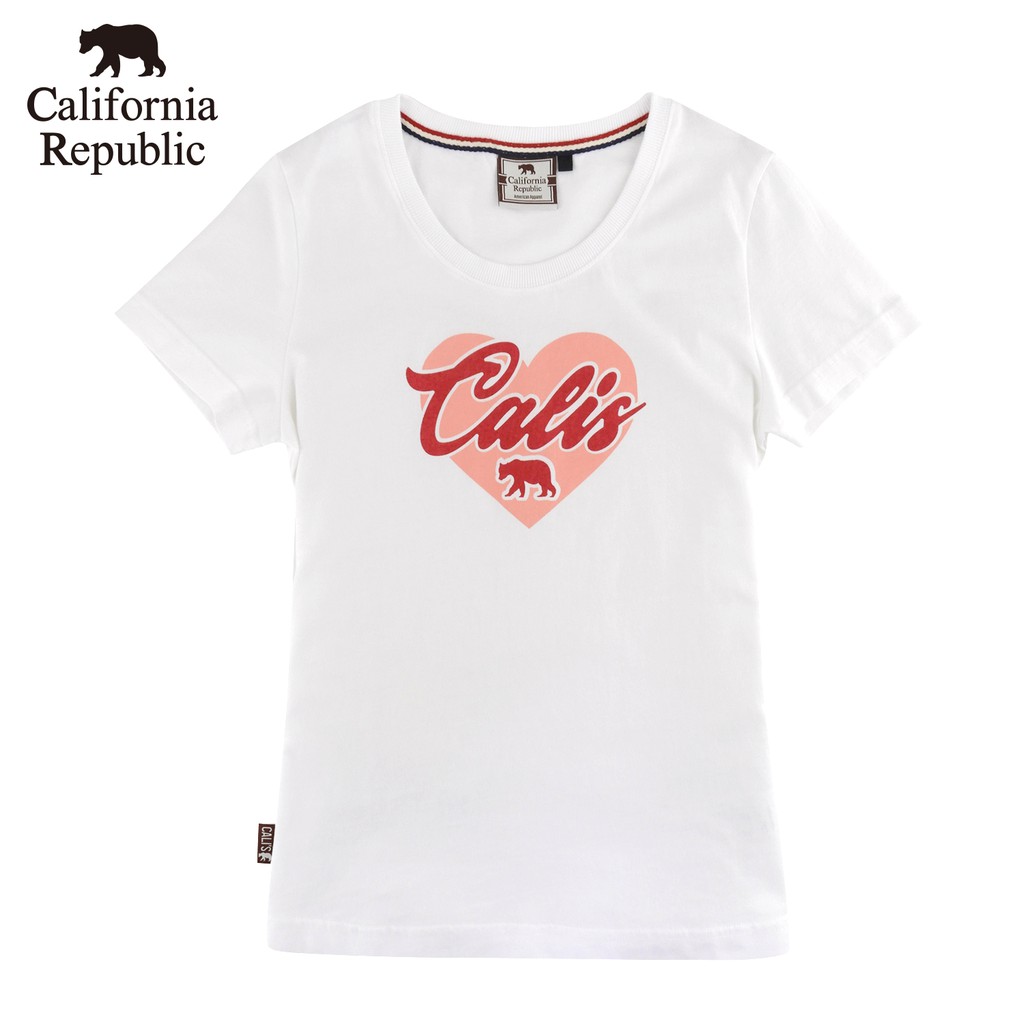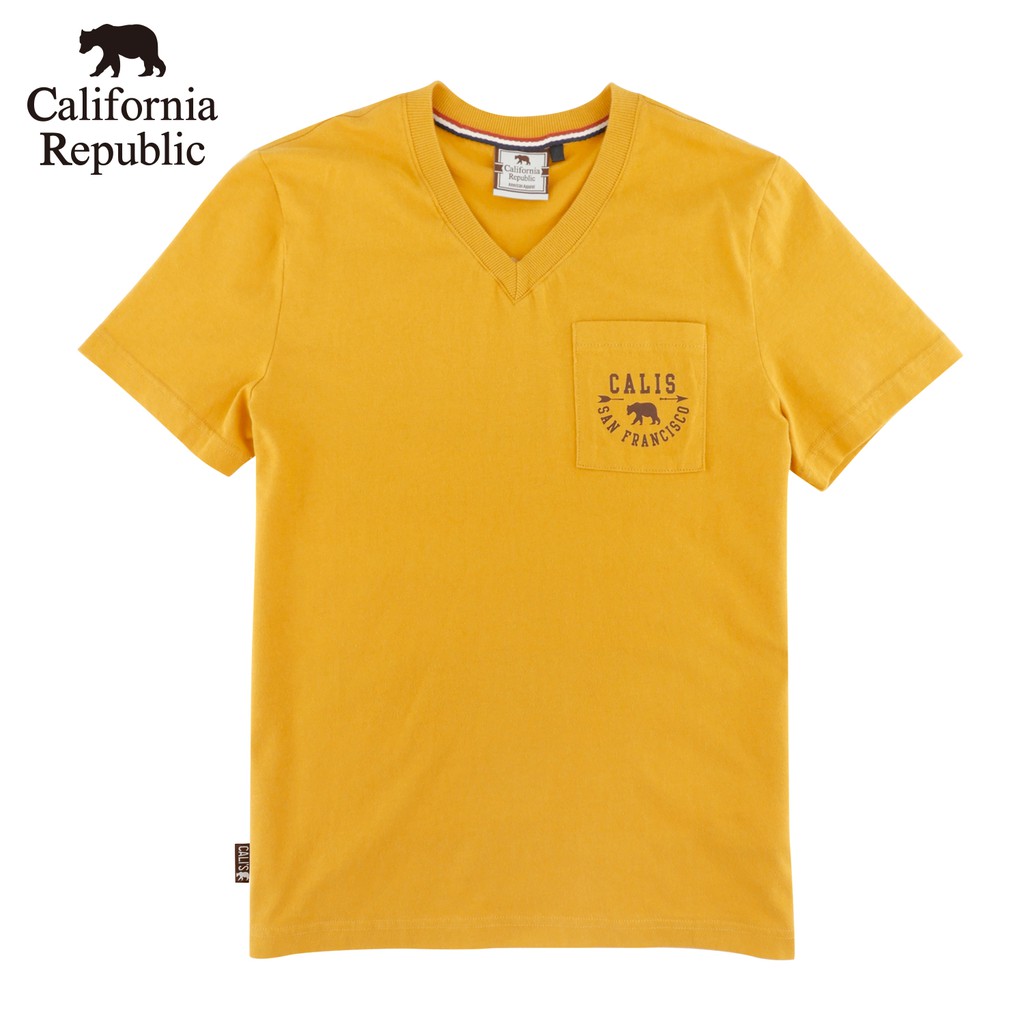
taiwanren.cc - 最全的電商商品價格比較,價格查詢,歷史價格查詢站點
California Concrete -9781858946788 歷史價格(單位:新台幣)
描述
[注意] 1. 本店只販售全新正品,絕不賣仿冒品,請安心購買。 2. 下標前可以蝦皮聊聊是否商品有現貨。 3. 下單前請再次確認選購的商品款式,商品須保持全新,並於取貨後15天內提出。若經拆封、使用後導致商品缺乏完整性,恕不提供退貨服務。 [商品資訊] by Amir Zaki, Tony Hawk, Peter Zellner 精裝: 128頁 出版社: Merrell Publishers (2019) 語言: 英語 ISBN-10: 1858946786 ISBN-13: 9781858946788 [商品內容] California is the birthplace of skateboard culture and, even though skateparks are found worldwide today, it is where these parks continue to flourish as the sport evolves and architects, engineers and skateboarders collaborate to refine their designs. The artist Amir Zaki grew up skateboarding, so he has an understanding of these spaces and, as someone who has spent years photographing the built and natural landscape of California, he has an appreciation of the large concrete structures not only as sculptural forms, but also as significant features of the contemporary landscape, belonging to a tradition of public art and Brutalist architecture. To create the images in this book, Zaki photographed in the early-morning light, climbing inside the bowls and pipes while there were no skaters around. Each photograph is a composite of dozens of shots taken with a digital camera mounted on a motorized tripod head. The look of the resulting images is unusual in that Zaki's lens is somewhat telephoto, which has the effect of flattening space, yet the angle of view is often quite wide, which exaggerates spatial depth. The technology also allows Zaki to photograph certain areas from difficult positions that would otherwise be impossible to capture. In his text, Tony Hawk – one of world's best-known professional skateboarders – describes how Zaki's photographs of empty skateparks and open skies evoke memories of the idyllic freedom that he felt when he first visited a skatepark as a child and saw skaters flying like birds in and out of the concrete pools and bowls. Hawk has skated in some of the parks featured in this book, and for him several of Zaki's images, taken from the skater's perspective, recall the experience of trying to learn a particular trick. In his essay, the Los Angeles-based architect Peter Zellner charts the beginnings of modern vertical skateboarding in the mid-1970s and the subsequent proliferation of purpose-built skateparks, and he draws parallels with the almost simultaneous reinvention of American landscape photography, when photographers turned their lenses away from the natural world and refocused on the man-made landscape. Zaki's remarkable photographs of strangely supernatural skateparks, devoid of their users, inherit this reinvented tradition by finding beauty in a seemingly denatured concrete suburbia.
商品選項
屬性
出版社
Merrell Publishers
語言
英語
進口/非進口
進口
國際標準書號
9781858946788
遮蓋類型
精裝/硬皮
出版年份
2019
